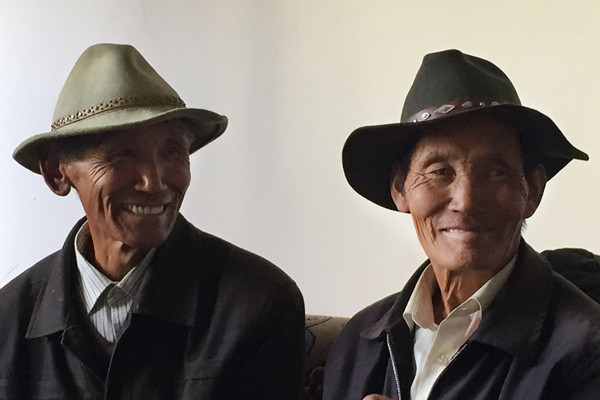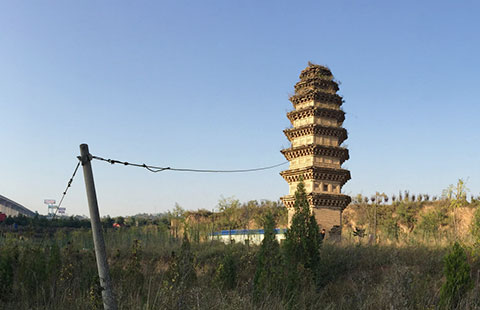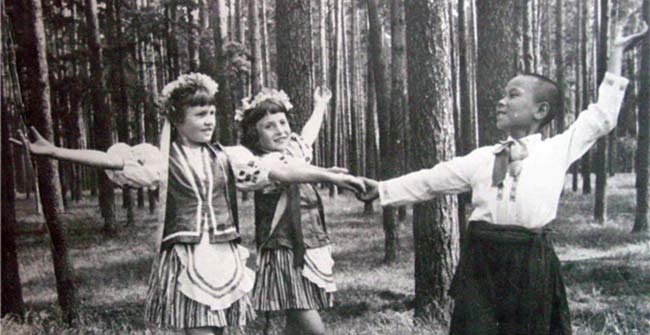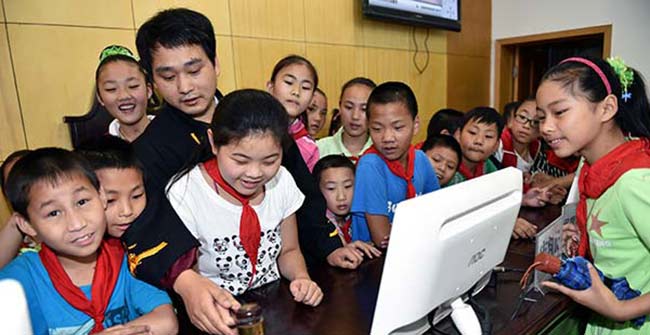Farmer recalls day he was finally a free man
By Zhang Yi/Da Qiong (China Daily) Updated: 2015-10-16 07:55
 |
|
From left: Sonam Dundron and a fellow villager at the village of Kesong in Naidong county, the Tibet autonomous region.[Photo by Zhang Yi/China Daily] |
"Your job tonight is to make sure the horses get enough to eat!" the slave master barked at Sonam Dundron.
Being shouted at was routine for the then 17-year-old, but the order perplexed him, because the horses were never fed at night.
As dawn broke the next day in Shannan prefecture, Tibet, in March 1959, the reason for that order became clear: His owner, retinue in tow, had fled. It was the last order Dundron ever received as a slave.
Dundron later learned that the master and his entourage had followed the 14th Dalai Lama, Dainzin Gyaco, also known as Tenzin Gyatso, into exile in India.
"That pitch-dark night I was finally freed," said Dundron, 73, now a farmer in Kesong village.
Under serfdom
In the village's community center, sitting leisurely on a couch, he recalled his nine years as a slave. Under serfdom in Tibet, anyone born to a serf became a serf, and that system of hereditary exploitation endured for 300 years, until the central government of the People's Republic of China finally broke the yoke in 1959.
"Under serfdom, children were shown no mercy," Dundron said. "Everyone had to work as a slave from when they were 8, and if children could not complete their work, debts immediately began piling up against them. Of course, there were serfs who toiled all their lives to pay their debts, in vain, so their children were then born into debt. Some households in Tibet were in debt for generations."
But complying with work orders was no safeguard against the cruelty meted out to slaves, Dundron said. They were required to bow to their owners, and if they cast their eyes anywhere above the owners' knees, even inadvertently, they were whipped. In extreme cases, serfs were beaten to death.
Those days of penury stand in sharp contrast to the relatively comfortable lifestyles those in the area lead now.
Today, the village of Kesong, in the town of Changzhu, Naidong county, Tibet autonomous region, is home to 880 residents whose average income last year was 13,000 yuan ($2,040). This relative prosperity is buttressed by an education system that aims to enroll all children in school.
However, unlike Dundron's freedom from bondage, these improvements to people's lives have not come overnight. They are the product of fundamental and systematic change in the village, which was the first in the region to carry out democratic reform, and the first to establish a committee of the Communist Party of China.
- 'Black banks' targeted in latest anti-graft crackdown
- Early harvest seen for Belt and Road
- Air cleaning effort pays off
- Govt to spend $22b on bringing 98% rural areas online by 2020
- Taiwan flight-transfer talks continue
- China vows to increase support for refugees
- Scientists sink teeth into history of humans in Asia
- Official urges right path for mainland-Taiwan relations development
- Former vice police chief on trial for bribery
- Air force now able to launch long-range, precision strikes







